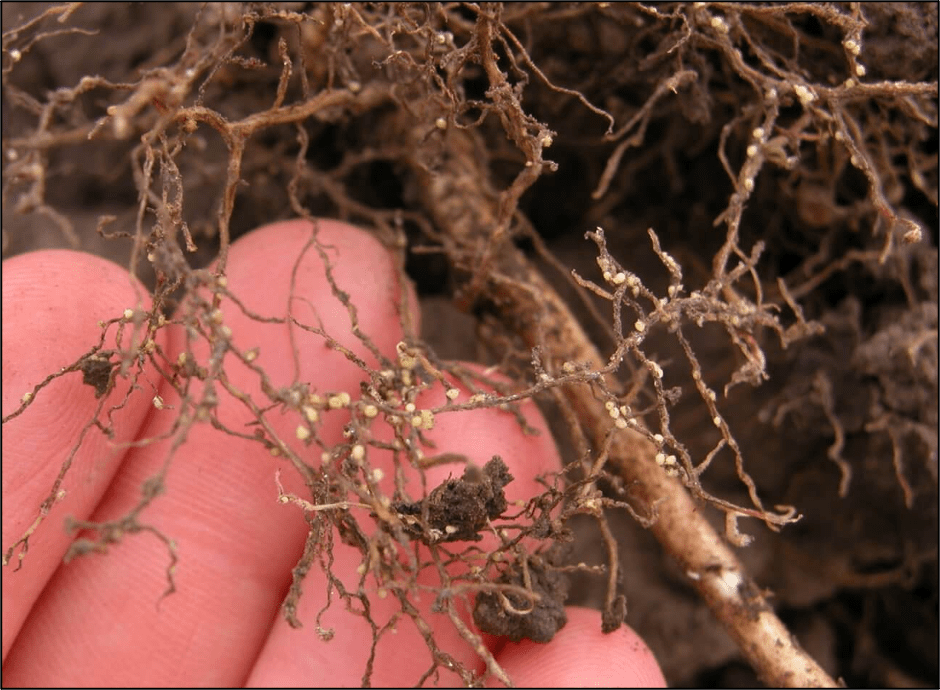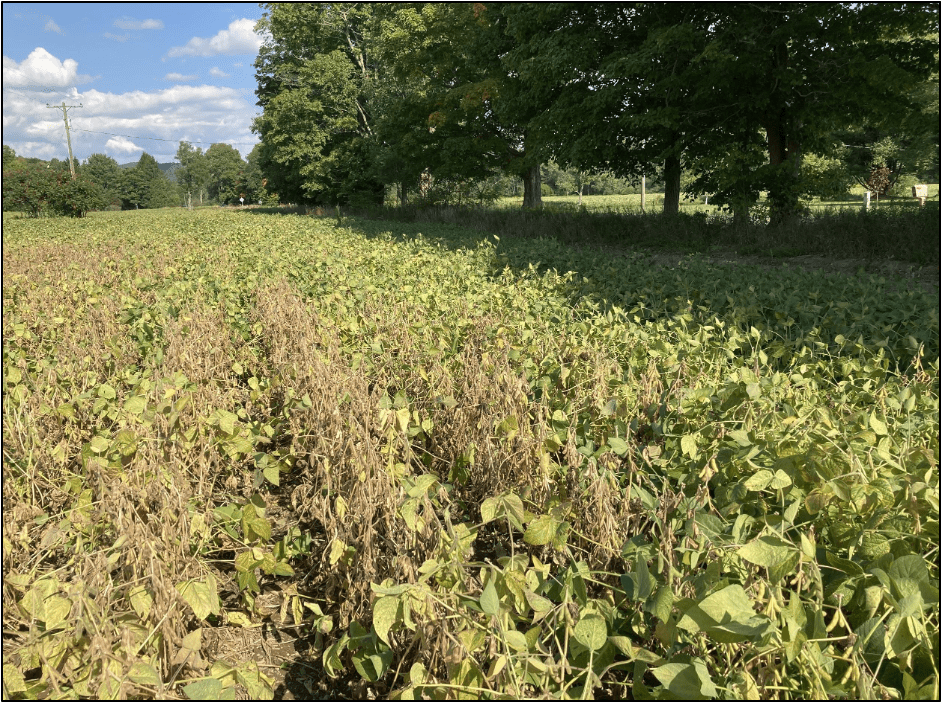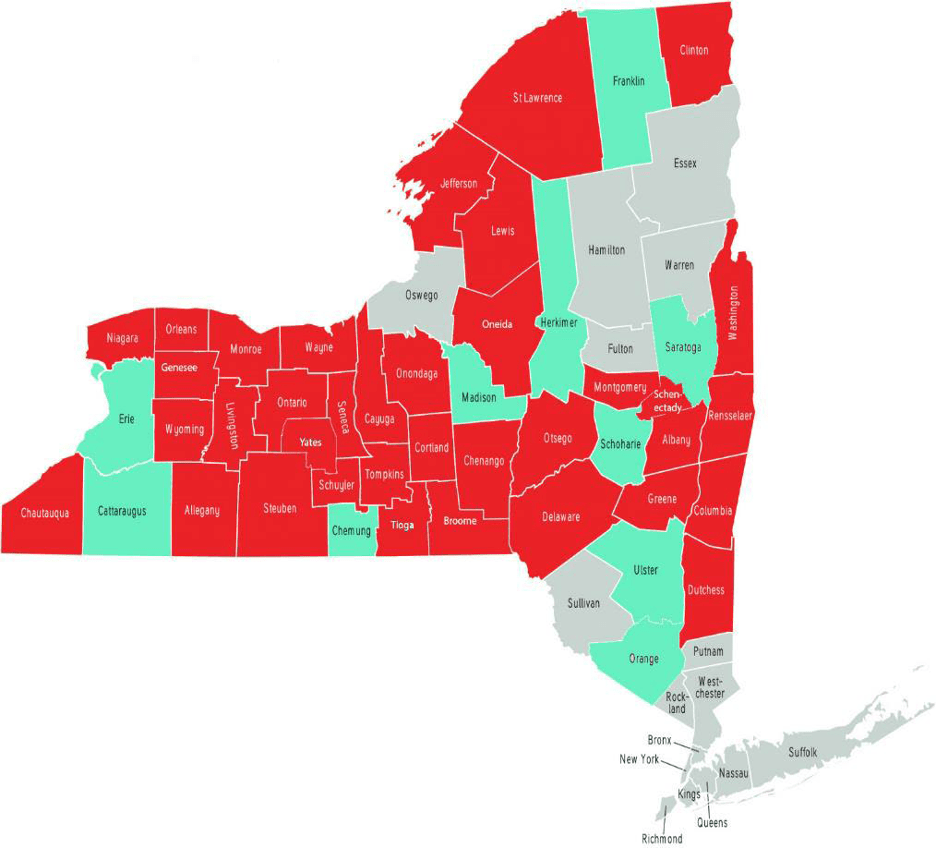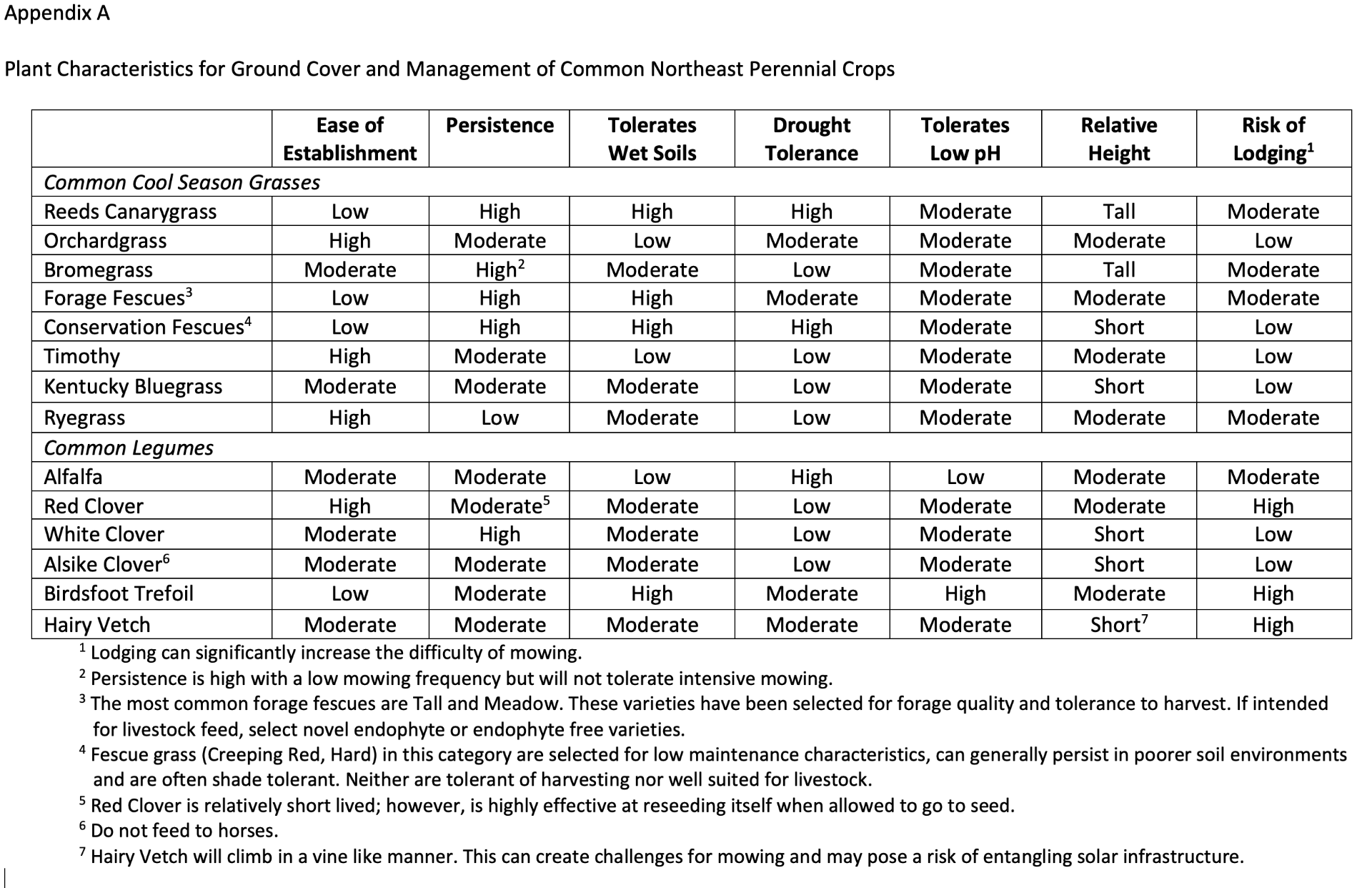E. Smith1, M. Zuefle2, X. Wang3, K. Wise2, J. Degni1, A. Gabriel1, M. Hunter1, J. Miller1, K. O’Neil1, M. Stanyard1, G. Bergstrom4
1Cornell Cooperative Extension, 2New York State Integrated Pest Management, 3United States Department of Agriculture – Agricultural Research Service, 4Cornell University
Soybean cyst nematode (SCN) is a plant parasitic roundworm and is the most damaging pest of soybean crops worldwide. Yield losses can reach 30% before above-ground symptoms manifest, leaving growers unaware that they have an infestation until it’s too late. With soybean prices the highest they’ve been in a decade, this translates to a loss of more than $13,000 per fifty acres in a field that would otherwise produce a yield of 55 bu/acre. We are only now beginning to understand the spread and damaging effect of SCN on dry bean crops, for which financial losses would almost certainly be greater due to their higher value.
In addition to legume crops, SCN can infest and reproduce on several weed species such as chickweed, purslane, clover, pokeweed, and common mullein. Overwintering SCN eggs hatch in spring when soil temperatures reach approximately 50°F (10°C). Females colonize roots to feed, eventually allowing the lower half of their bodies to protrude through the root wall and become visible as small white cysts (Figure 1). Eventually, the female dies and the cyst dries, hardens, and darkens in color, concealing up to 400 eggs. While we can expect at least three generations of SCN each growing season, these cysts can survive for years in the soil until the right conditions allow them to hatch. Because of their hardiness, longevity, and their relatively broad host range, once a field has been infested with SCN is it considered impossible to eradicate. SCN cysts can spread via wind, soil, water, tires and farm equipment, contaminated seeds or plants, and through birds or other animals.

This is an extremely hardy and pernicious pest, but populations can be managed using an integrated approach including scouting, soil sampling, host resistance, and crop rotation. The first step is of course scouting and identification using soil sampling.
If SCN infestation is not known in a field, the roots of symptomatic plants (stunting or premature yellowing compared with the surrounding crop) may be inspected for cysts (Figure 1). Otherwise, soil samples should be collected near harvest or just after. Samples should be taken from the root zone in field entrances and sections of the field that showed stunting or premature yellowing/death compared with the surrounding crop (Figure 2). If a field is known to have an SCN infestation, soil samples should be taken across the field in a zig-zag or grid pattern because SCN infestations are unevenly distributed.

From 2017 to 2020, 134 soybean and dry bean fields in 42 counties were sampled for SCN, yielding positive samples in 30 counties (SCN+). In 2021, further testing revealed 6 more counties with infestations (Table 1, Figure 3).
Table 1. Soybean cyst nematode sampling results in 2021.
| Fields tested | Fields SCN+ | Counties sampled | Counties SCN+ | New SCN+ counties |
| 98 | 30a | 37 | 15 | 6b |
aMostly low populations (<500 eggs/cup of soil). Moderate egg counts (500-10,000 eggs/cup) were found in Western NY, the North Country, and the Southern Tier (no geographic trend).
bBroome, Genesee, Oneida, Schenectady (not previously sampled), Tioga, and Yates (not previously sampled).

To scout for damage and sample soil more efficiently, researchers from New York State IPM are investigating the effectiveness of using soil electrical conductivity (EC) mapping technology. Soil EC mapping can determine field distribution for many nematode species but has not been tested on SCN. Nematode population density, if present, has a strong positive correlation with the proportion of sand in the soil because of increased mobility in looser, sandier soils. EC measurements can be used to detect the variability in sand content in a field and thereby create a map of areas with higher likelihood of SCN. This map is then used to target soil sampling to those areas. Preliminary data collected in 2021 using an EC machine shows there is variation in SCN distribution within fields. Results from 2022 (funded by the NY Dry Bean Industry) will be used to seek additional funding to expand our mapping, and to utilize existing EC maps from growers of dry beans, soybeans, and snap beans to further validate this approach.
While we have many SCN-resistant soybean varieties, the majority (>95%) are derived from a single resistant cultivar, PI 88788. The extensive use of this cultivar in soybean breeding has led to the emergence of SCN populations that can overcome PI 88788-type resistance. For example, recent SCN surveys conducted in major soybean producing states including Missouri and Minnesota all reported an increased level of adaptation to PI 88788-type resistance. In contrast with our current soybean varieties, SCN field populations exhibit great genetic diversity. During the fall of 2022, researchers from the USDA-ARS will be collecting soil samples to conduct a comprehensive study on SCN distribution, density, and virulence phenotypes across New York state. Regular monitoring of SCN densities and virulence phenotypes is essential for developing effective management plans based on the use of resistant cultivars.
With the current infestation levels in NY, crop rotation is our most valuable management tool. Rotating out of soybeans for even one year can reduce SCN populations by 50% or more. Continuing to rotate crops allows us to keep populations low, reducing the likelihood that growers will have to resort to more costly management strategies.
Please contact your local Cornell Cooperative Extension agent if you would like your field(s) to be sampled for SCN. This year, the NY Corn and Soybean Growers Association (NYCSGA) is providing funding for up to 75 soybean fields to be tested, while the NY Dry Bean Industry is funding EC mapping of three dry bean fields and nine soil samples per field (27 total samples). With continued scouting, soil sampling, and race-typing by Cornell University, USDA-ARS, and NYSIPM, New York’s soybean and dry bean growers are in position to continue making the best management decisions for this pest.

